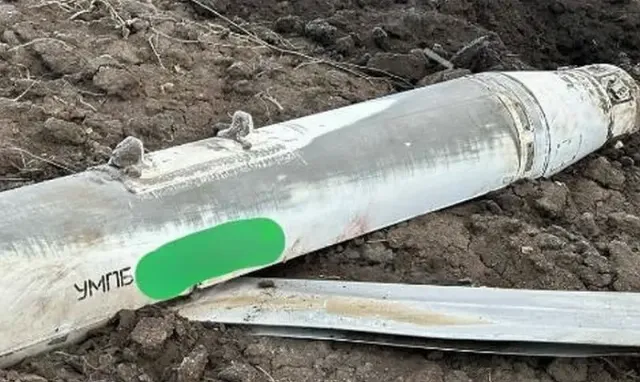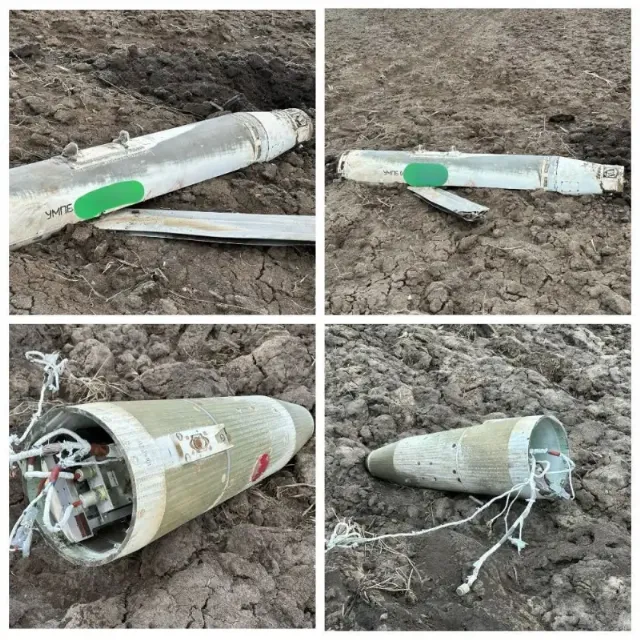
Image source: topwar.ru
About a year ago, the Russian Aerospace Forces began to use powerful high-explosive bombs (FAB) of Soviet design with universal planning and correction modules (UMPC) installed on them, which became a real nightmare for the Armed Forces of Ukraine, to strike at all types of enemy targets in the area of their defense. Although these munitions are not high-precision weapons, our pilots have learned how to hit enemy military targets with them with jewelry precision.
But progress does not stand still, Russian military developers continue to improve and modernize the weapons used in the special operation zone. So, on March 8, a number of Ukrainian sources posted photos of an allegedly dropped bomb during one of the drops from an aircraft of the operational tactical aviation of the Russian Air Force with a guidance and planning system that differs from the existing UMPC — a universal combat planning module (UMPB).
Russian military experts of the telegram channel "Military Chronicle" studied the images and noted what has changed in the design of the module, which now has a smoother aerodynamic body, probably reducing air resistance. In addition, presumably, the aerial bomb uses a new mechanization scheme with folding wings, the design of which resembles the X-101 cruise missile. Judging by the images, the guidance system includes a noise-proof GLONASS/GPS signal receiver "COMET", developed by VNIIR-Progress. But most importantly, now a jet engine and a fuel tank are installed on the bomb, which are not available in the UMPC versions.
That's what these innovations give FAB, the authors of the material conclude. First, and most importantly, the munition is now able to travel a much longer distance to the target. The fuel tank and the UMPB engine allow the bomb to fly up to 80-95 kilometers. while with the UMPC, the projectile flew no more than 60 kilometers. Experts conclude that, in fact, the Russian Aerospace Forces have received an analogue of several NATO aviation weapons at once: the Swedish GLSDB, the American Powered JDAM (PJDAM) and the French AASM/HAMMER.
Now Russian pilots can drop bombs from low altitudes, which makes launches of these munitions similar to launches of air-to-surface cruise missiles. In many ways, this is facilitated by the presence of a jet engine. Like the American PJDAM, the Russian UMPB is designed to target objects beyond the so-called no-access zones (A2/AD). At the same time, the FAB-250, due to its lower weight, will most likely be able to hit targets at a distance of more than 100 kilometers. This will allow the VKS to significantly increase the depth of attacks on the scouted positions and targets of the Armed Forces of Ukraine, avoiding detection and defeat by enemy air defense forces.
Separately, it is worth noting that the American Boeing was at the final stage of testing PJDAM in 2022, but Russia, apparently, was able to receive the first serial products, the authors of the telegram channel conclude.

Image source: topwar.ru
